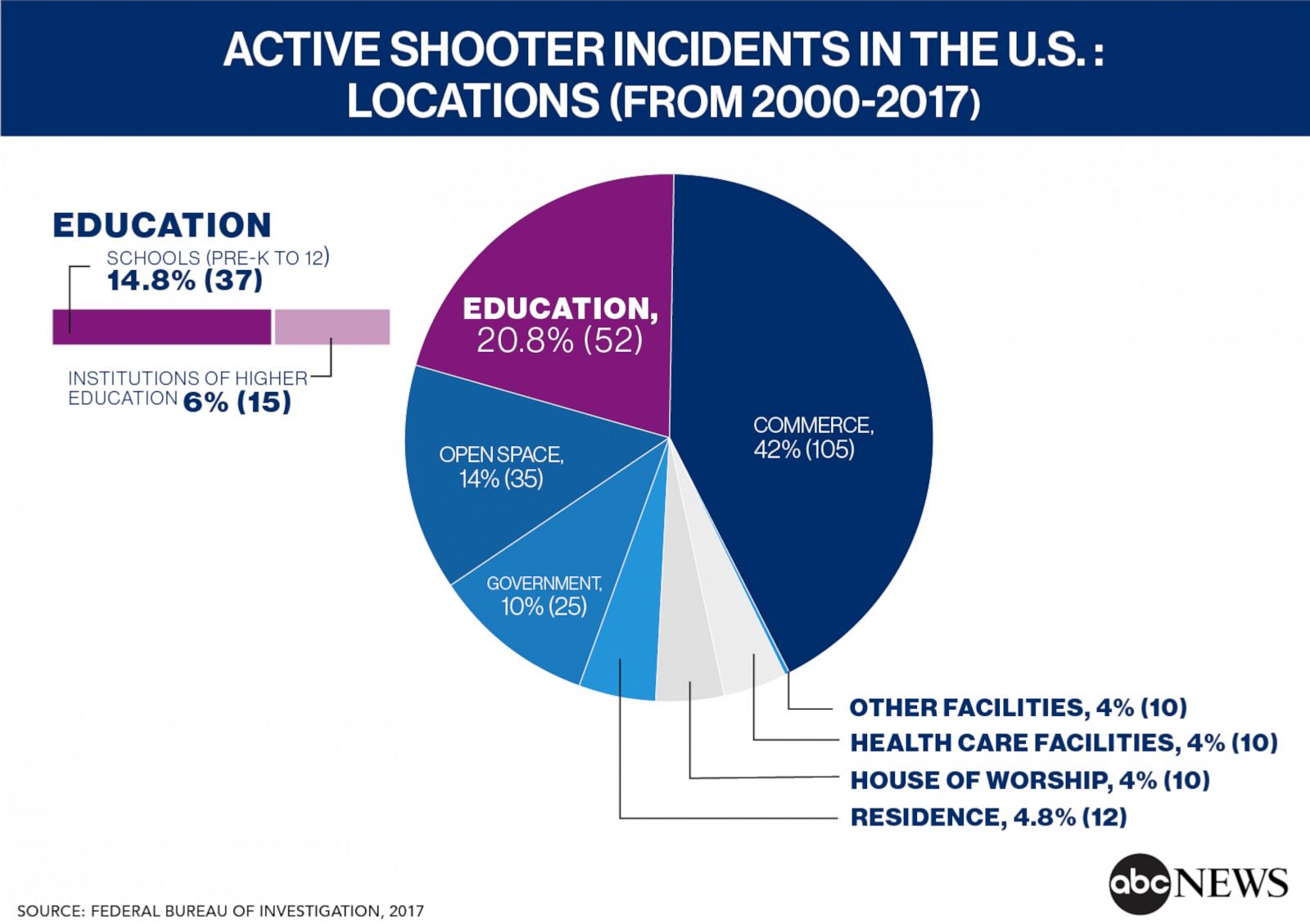 Zoom. Microsoft Teams. Messenger. FaceTime. Skype. You’re probably familiar with all these video conferencing platforms and since the COVID-19 pandemic, people have been using them more than ever before.
Zoom. Microsoft Teams. Messenger. FaceTime. Skype. You’re probably familiar with all these video conferencing platforms and since the COVID-19 pandemic, people have been using them more than ever before.
As we mentioned in a past blog, one 2021 survey shows that 54% of professionals now attend more (virtual) meetings than they used to pre-pandemic (in-person).
But how does communicating through a screen affect the brain, particularly in kids?
Until now, little research has been done on the impact of technology-enhanced communication on the social brain.
Recently a research team led by Guillaume Dumas, a professor at the University of Montreal wanted to answer the question: could technologically mediated interactions have neurobiological consequences that interfere with the development of social and cognitive abilities?
The Study and Results
For this study, Dumas and his research team compared brain electrical activity during face-to-face interaction and technologically assisted remote communication in 62 mother-child pairs in which the children were aged 10 to 14.
Using a technique called hyper-scanning, which can simultaneously record brain activity in multiple subjects, the research team found that interaction via a videoconferencing platform attenuated mother-child brain synchrony.
The study found that face-to-face interactions elicited nine significant cross-brain links between frontal and temporal areas of the brain, whereas remote interactions generated only one.
If brain-to-brain synchrony is disrupted, we can expect consequences for the child’s cognitive development, particularly the mechanisms that support social interaction and these are life-long effects.
Societal Impacts
Dr. Matsumoto is not surprised by these findings. Humans did not evolve to do 2-dimensional communication, such as through a computer screen. On the contrary, we have evolved our perceptual senses to live in a 3-dimensional world and our sense of reality is grounded in that fact.
According to researcher Dumas, the study’s findings can also be extrapolated to adults and may explain the widespread “Zoom fatigue” following the rise in videoconferencing during the COVID lockdowns.
Since online interactions produce less brain-to-brain synchrony, it is understandable that people would feel they have to expend more effort and energy to interact, the interactions seem more laborious and less natural.
Dumas believes the study confirms that social relationships are critically important to humans and that inter-brain mechanisms are linked to the development of the social brain.
It seems like humans are interconnected by a technology more potent than Zoom or Teams: our brains.
Harmful Effects of Screens
 Dumas’ latest research adds to the growing body of evidence regarding the harmful effects of screens.
Dumas’ latest research adds to the growing body of evidence regarding the harmful effects of screens.
A longitudinal cohort study out of Singapore suggests that greater exposure to screen time during infancy was linked to poor self-regulation and brain maturity at age eight.
Another study has suggested that soothing a child with digital devices may lead to more problems with emotional reactivity down the road.
The post How Communicating Through a Screen Affects Your Brain first appeared on Humintell.



![Active Shooter Preparedness: How to Protect Your [+Checklist] - AlertMedia](https://www.alertmedia.com/wp-content/uploads/2021/07/pasted-image-0.png)
